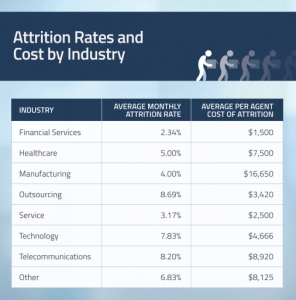— May 16, 2019

ElisaRiva / Pixabay
\Thought leadership is a powerful public relations, marketing, and sales tool. Many companies dabble in it in one way, shape, or form, because it helps companies build partnerships and recruit top talent while shining a spotlight on company culture. Customers and prospects want to be identified with companies that are recognized as thought leaders because thought leaders are perceived as the best in their industry.
Thought leaders are sought out for their ability to make sense of what is happening in the marketplace, as well as to predict what the future holds. Thought leaders come from companies of all shapes and sizes and have a wide range of perspectives.
Building a robust thought leadership program is not an easy undertaking, because it requires a long-term commitment to providing the time and resources necessary to achieve and maintain thought leadership status.
If you are ready to commit to thought leadership, consider these seven steps to get your program off and running:
1. Identify Thought Leaders Throughout the Company
The chief executive should be a thought leader and she should emphasize the importance of the program when you unveil it to employees, but there should also be people throughout the company that you are comfortable putting before the media who will be good representatives of your brand. Reporters want to hear from rank-and-file employees, as well as the C-suite.
2. Get to Know Your Thought Leaders and the Ways They Like to Communicate
Partner with your thought leaders on their content, but let them choose the medium they prefer. Some may prefer publishing a written blog, others may opt to blog in video form or post on social media. There may even be some creative leaders that want to make a statement through art or micro-websites. You are asking people to be leaders for your brand. Within certain limits, let them take ownership.
3. Develop a Strategy Using an Editorial Calendar and Commit to It
Utilize your content across multiple avenues, including publicity, events, social media, and branded publications and/or websites. Create a significant reservoir of thought leadership content that can be tapped into if you need to change plans at the last moment. You would not be the first organization to have one of your leaders leave and take three blogs with them. Plan for the worst; hope for the best.
4. Getting Back to Ownership
There are limits, of course. You need to determine who is ultimately responsible for thought leadership content and has final editorial control. Someone needs to be the guardian of the brand and it can be an unpopular position to hold. The process should be clearly communicated to your thought leaders from the moment they join the program.
5. Differentiate Your Brand in a Meaningful Way by Identifying Issues That Are Important to Your Customers
Determine how your company’s perspective will be different from what is already flooding the marketplace. You want your program to have a purpose, a calling. Otherwise, your content will be perceived as thinly veiled advertising.
6. Consider Investing in Proprietary Research That Can Help Identify Your Audience
Who are you are trying to reach? What are their demographics, interests and perspectives? You may know what your subject matter should be, but do you know if others, including your competitors, are talking about the same message?
7. Identify The Best Way to Communicate With Your Audience
I am used to writing for journalists in about three sentences or less because that is about all they have time for in an initial email pitch—if that! What about your prospective readers? Will they be truly invested and open to the long white paper? Are you going to be focused on the Twitter universe and the length restrictions that apply to social media? Are blog posts and articles appropriate? After reading and writing all day, I am more open to the short video.
Thought leadership can be a powerful marketing tool when all of the right elements are in place, including thorough evaluation measures to gauge return on investment (ROI), but never lose sight of the fact that success will ultimately be determined by how well you understand the needs and wants of your audience. Don’t forget who you are trying to reach.
Business & Finance Articles on Business 2 Community
(100)






